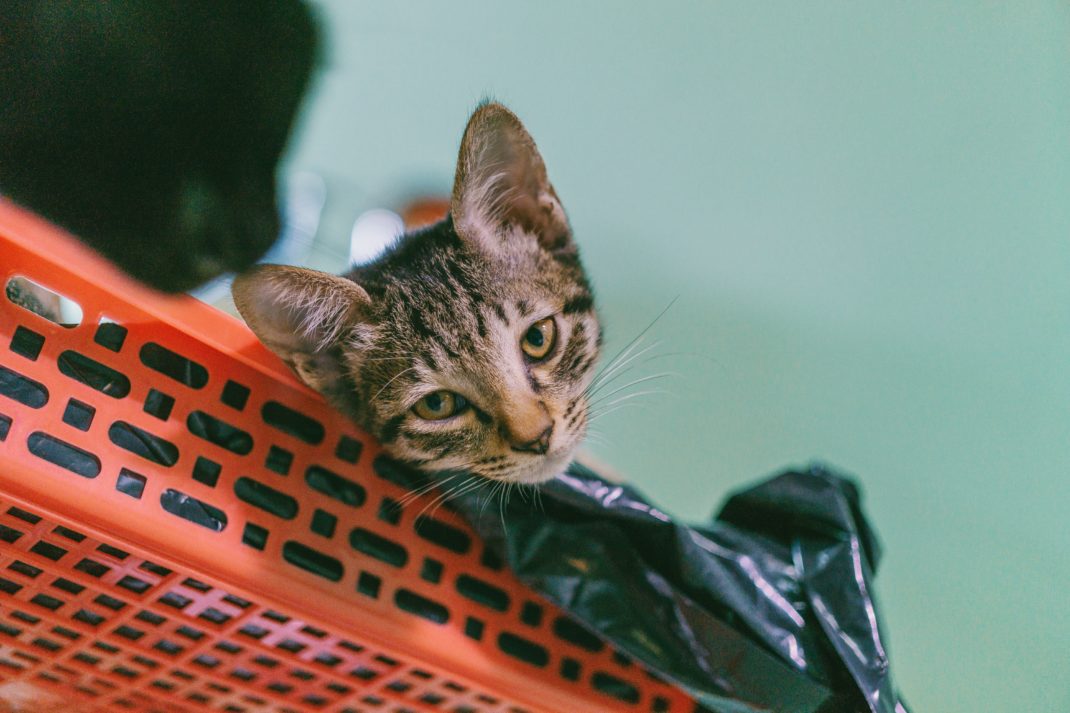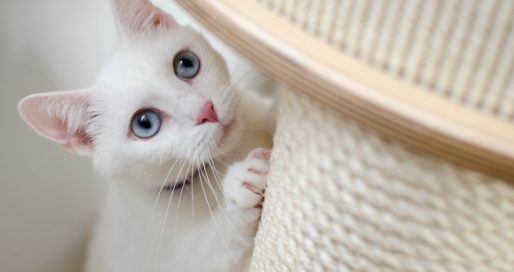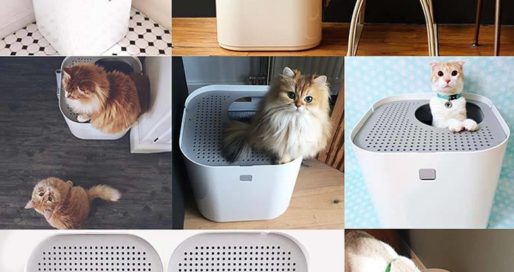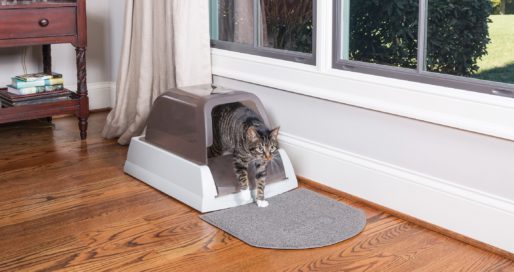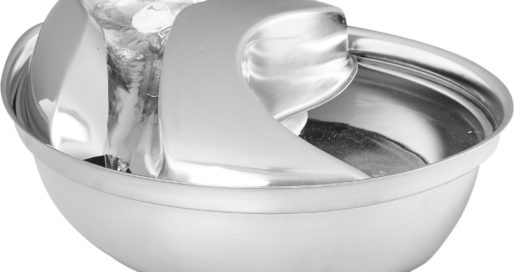My cat, Hunter, is pretty much your typical indoor house cat. He likes sleeping and playing with leaves and other stray items. He enjoys the occasional piece of tuna or dollop of yogurt.
But Hunter also has a weird habit. Sometimes, he chews on plastic.
Hunter has chewed on plastic since I adopted him as a kitten in 2005. Normally, I find him doing it whenever he wants to be fed, or when he wants to play. I always assumed it was just his way of trying to get attention. I tried to be careful not to leave wrappers out where he could find them.
But then, as Hunter grew older, he started to develop another weird habit. He started to eat cobwebs.
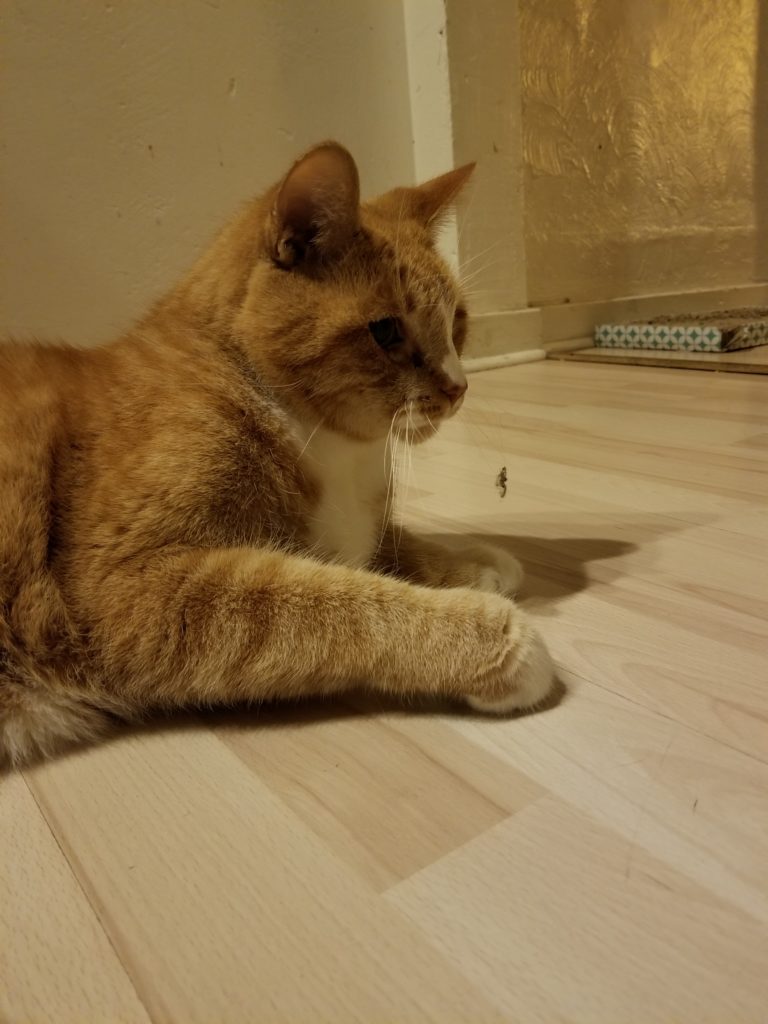
When I first noticed that Hunter was eating cobwebs, or spiderwebs, I figured it was just because he found a spider to play with and the cobwebs were getting stuck in his whiskers. But I started to notice him prowling around the corners of my basement occasionally, seemingly seeking out new cobwebs to eat. I also noticed him approaching spiderless cobwebs with increasing frequency.
Eating cobwebs does not seem to cause any problems with Hunter’s digestion. The amount of material they actually contain is tiny since cobwebs are very, very thin.
I did some a little bit of internet research and found several other cat owners who described similar behaviors in their cat. But no one really had a definitive answer as to why their cats seemed to enjoy chewing on plastic or eating cobwebs. However, most veterinarians agree that each of these behaviors can be classified as a form of pica.
What is Pica?
Pica is a condition where an animal is compelled to eat or chew compulsively on non-food items. The term may be applied to a number of different animal species, including humans.
Cats may eat or chew on a range of non-food materials from time to time, including shoelaces, boxes, food wrappers, wool, and plenty of other things.
To figure out why a cat may chew plastic, we need to look at some of the hypothesized causes of pica in cats.
Scientific Research
In 2016, a research study entitled Characterization of pica and chewing behaviors in privately owned cats: a case-control study was published in the Journal of Feline Medicine and Surgery. This cat evaluated the behaviors of 91 cats with pica and compared them to a group of 35 control cats.
According to the study, cats tended to exhibit pica towards the following items (listed in order of most to least frequently observed):
- Shoelaces / thread
- Plastic
- Fabric
- Other Items
- Rubber
- Paper / Cardboard
- Wool
The study also found that cats with pica tended to vomit more than cats that did not exhibit pica. Cats with pica were also more likely to engage in self-sucking behaviors.
Performance of the study was motivated by the fact that veterinarians have not definitively pinpointed the cause of pica. However, there are a number of different theories as to why cats may be inclined to chew on or eat non-food items.
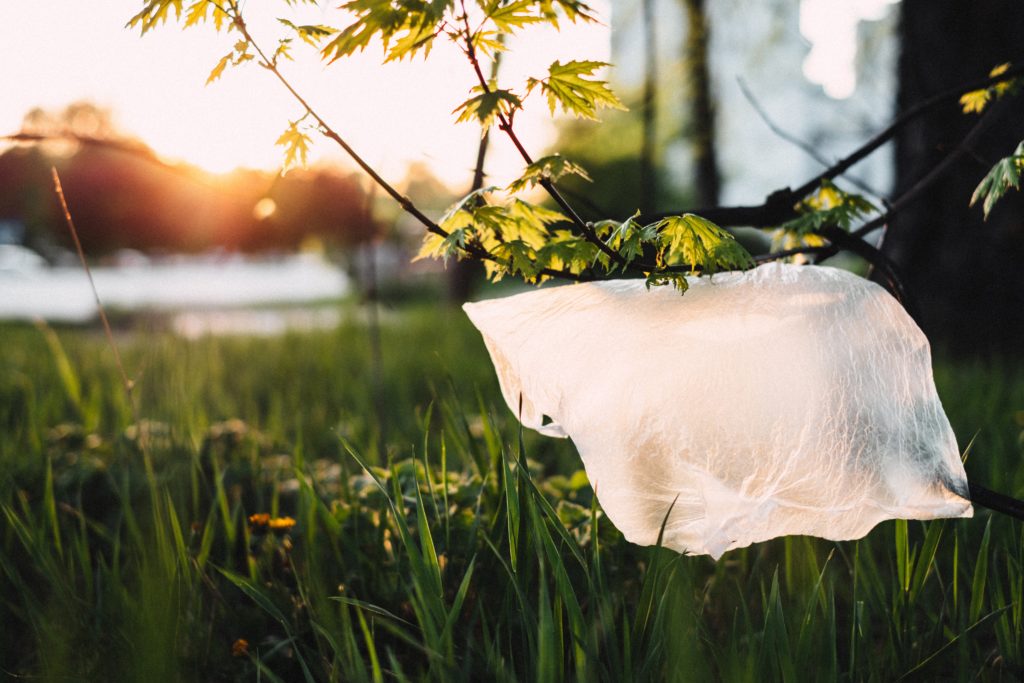
Causes of Pica
Premature Weaning
Some veterinarians believe that, if a kitten is weaned too early, he may begin sucking on soft non-food items such as wool, fleece, fur, or hair. This behavior may continue into adulthood and eventually transition over to other items.
Nutritional Deficiency
Cats may try to eat non-food items if their diet is missing a critical nutrient or nutrients. For example, it is well established that cats suffering from anemia may try to eat cat litter.
Some cats may eat grass or other plant matter if their diet is low on fiber.
Plastic does not contain any nutrients that a cat may crave, so it is unlikely that cats chew on plastic based on a nutritional deficiency, unless the plastic used to contain some kind of food.
Cobwebs are essential thin strands of protein. If your cat is not getting enough protein in his diet, he may begin eating cobwebs to replace the missing nutrient. Protein is an essential nutrient for cats. The amount of nutritional value a cat cat gain from eating a cobweb is minimal. It is possible that the cobwebs simply taste good to some cats, so they seek them out to snack on them.
If your cat eats non-food items as opposed to simply chewing on them, you should take him to the vet to make sure his diet is sufficient and he does not have an underlying medical condition.
Anxiety / Boredom
If your cat is not getting enough attention, he may express his loneliness or anxiety by chewing on non-food items, including plastic.
Cats (especially kittens) are very likely to try and chew on electric cords, shoelaces, and other long, string-like items. This is mostly because these items resemble the tails of small animals. Cats love chasing around small animal tails. That’s why they love playing with string so much.
Cats may chew on plastic or eat cobwebs out of boredom, simply seeking an interesting way to spend their time when things are dull. If you notice your cat chewing on plastic or engaging in other forms of pica, consider playing with him or giving him more attention in lieu of punishing him.
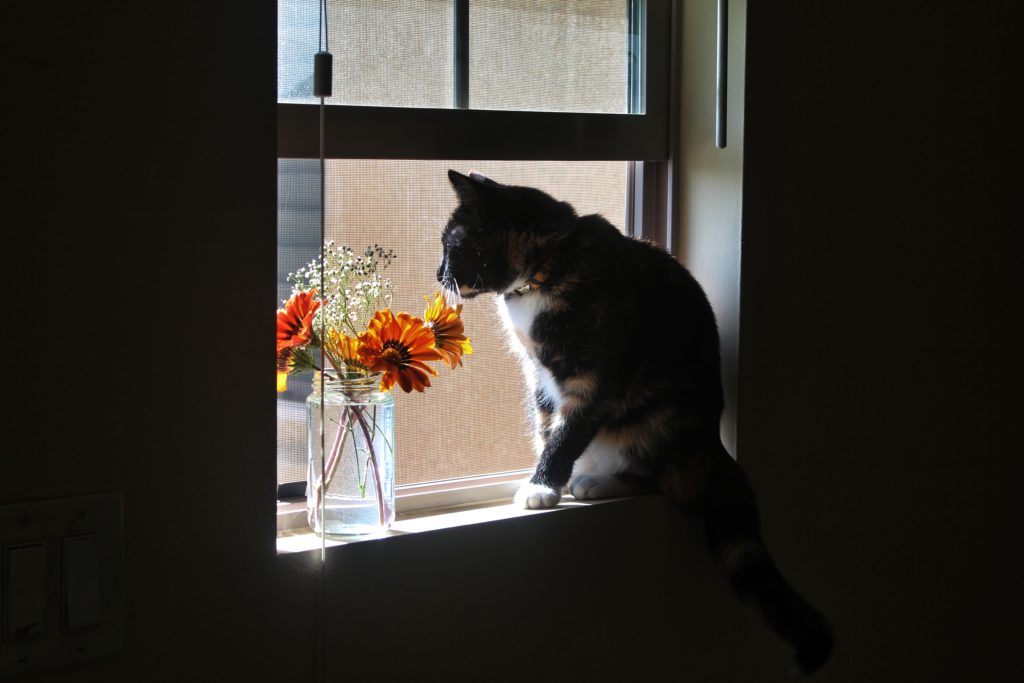
Underlying Medical Condition
Some medical disorders may cause a cat to exhibit pica. Examples of medical conditions that may trigger the expression of pica include:
- Anemia
- Feline Diabetes
- Pyruvate Kinase Deficiency
- Feline Leukemia
- Hyperthyroidism
- Feline Immunodeficiency Virus
- Brain Tumor
- Feline Infectious Peritonitis
If you are worried that your cat may have any of the ailments listed above or may not be well, you should take him to a veterinary professional immediately.
Breed
Siamese cats, Birman cats, and other Oriental breeds are more likely to chew and suck on wool than other cat breeds. This is likely because these breeds are predisposed to early weaning. As a result, these breeds of cats may also be more likely to engage in other forms of pica, gradually moving on from chewing on soft fabrics to other items.
Should I Be Worried?
If your cat is eating or chewing on non-food items, you may be concerned for his well being. Since many cats chew on non-food items such as wool blankets, shoelaces, and plastic from time to time, you may want to consider keeping these items out of reach from your cat. This may be enough to stop your cat’s annoying behavior.
For the most part, occasional chewing on plastic and shoelaces is fairly harmless for your cat. Just be sure not to leave plastic bags that your cat could potentially suffocate in accessible. If the problem appears to be more severe and you are concerned that your cat may be ill, consider taking him to a vet for an evaluation.

